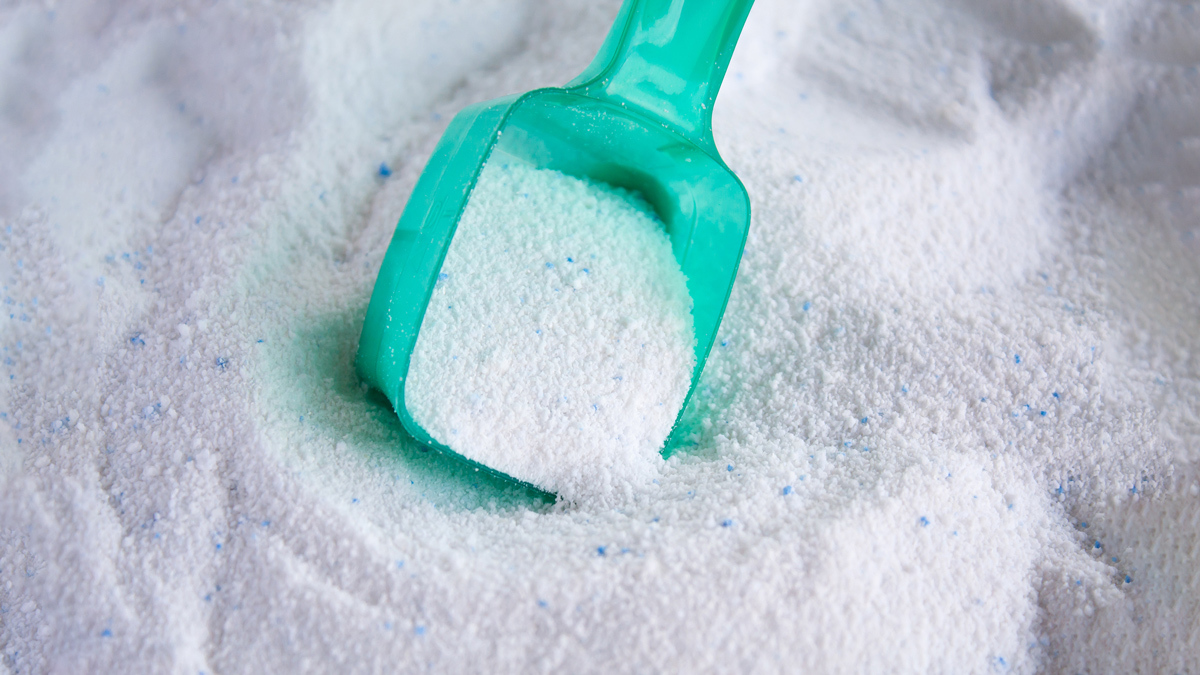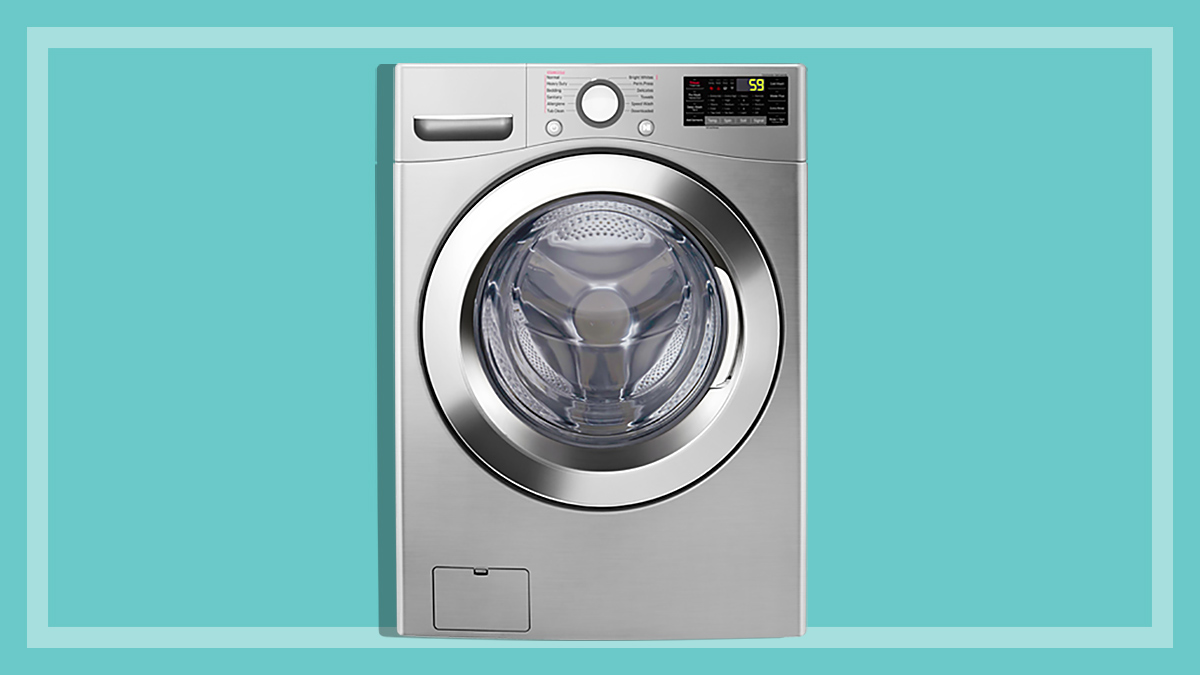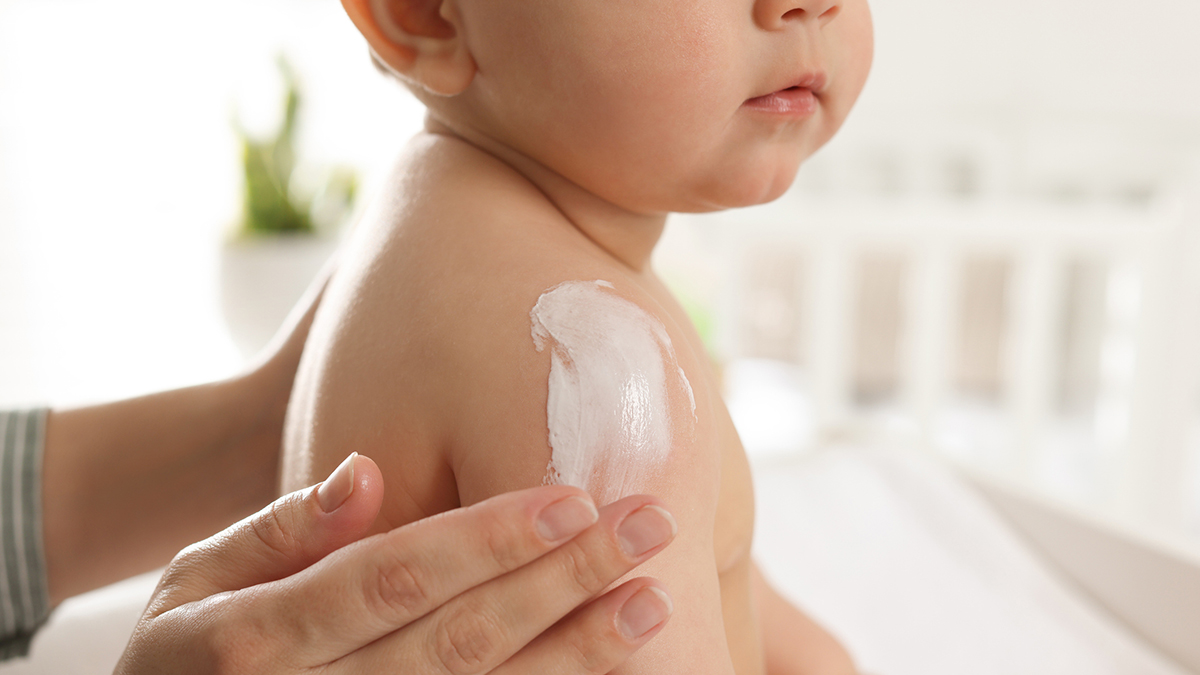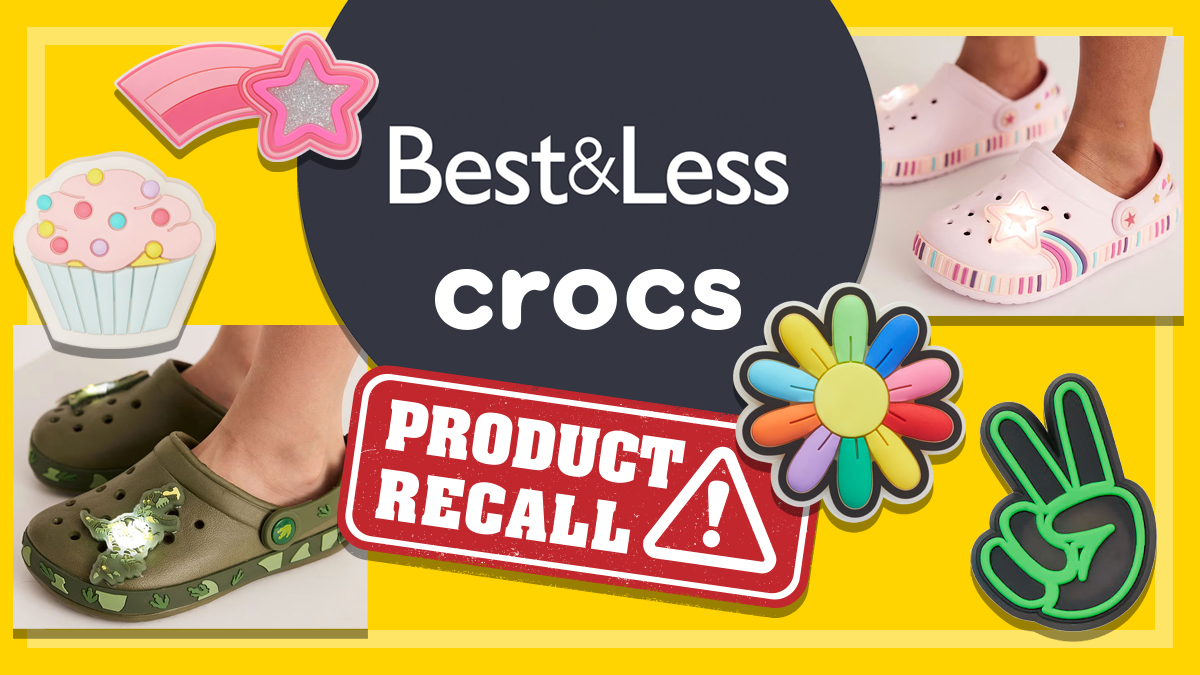Get our independent lab tests, expert reviews and honest advice.
Dishwasher and laundry detergent danger

We all know how important it is to keep obvious poisons such as pesticide out of reach of young kids. But some everyday household products can also be a serious danger, in particular laundry and dishwasher detergents.
On this page:
- Dishwasher detergent
- Laundry powder, liquids and capsules
- Child-resistant closures (CRCs)
- Using dishwasher and laundry detergent safely
- Alkaline salts
- Signs of poisoning
According to the Raising Children Network:
- almost 40 children are admitted to hospital each week because of poisoning
- medicines are the most common cause of childhood poisonings
- household chemicals, including detergents, are another significant cause.
If your child has been exposed to household chemicals or other poisons, immediately contact the Poisons Information Centre on 13 11 26.
Poisonings generally occur when a container isn’t properly closed or put away out of reach in a cupboard, and – more commonly – if a product doesn’t come in a child-resistant container (such as dishwasher detergent in a simple cardboard box).
Detergents are just one source of household danger for children. Have a look at our advice on other home dangers and how to avoid them.
Dishwasher detergent
As a liquid or powder, dishwasher detergent is alkaline and if swallowed – in even small amounts – it can be extremely caustic and can cause severe burns to the mouth, throat and airways.
In a worst-case scenario, this can lead to lifelong injuries or death.
The brightly coloured packaging, vibrant liquids and lolly-like tablets can look like yummy treats to small kids, and the number of child poisonings associated with dishwasher detergent runs into the hundreds.
Detergent can also get into a child’s eyes, potentially causing severe irritation and conjunctivitis. Even just skin contact can sometimes be harmful, resulting in rashes or blisters.

Laundry powder, liquids and capsules
As well as liquids and loose powders, powder blocks and laundry capsules are a potential danger to children.
The speckled blocks look like bite-sized lumps of sherbet and the capsules can easily be mistaken for jellies.
These capsules, also known as pods, are designed to dissolve in about 10 seconds in the washing machine, so it doesn’t take long for the liquid to leak into little mouths, where it can cause chemical burns, inflammation, vomiting and diarrhea. In the worst cases, ingestion of detergent can be fatal.
Accidents involving children’s exposure to laundry capsules are a common cause of calls to poison hotlines.
Child-resistant closures (CRCs)
These lids are designed to restrict access to substances that could be dangerous to children.
They should make it difficult for a youngster to open the container, but not too tricky for an adult to reseal it, otherwise it may not be resealed properly after use.
As far as dishwasher detergent bottles are concerned, not all their CRCs are designed the same way, and they’re generally easier to open than, say, a medicine bottle.
You generally have to squeeze and turn the cap to open the bottle, but with some, to reseal it you must turn the cap until it clicks into place twice.
Often bottles don’t specify that the cap requires two clicks to be properly closed, so many parents may not be closing the container completely.
Often bottles don’t specify that the cap requires two clicks to be properly closed, so many parents may not be closing the container completely
While child-resistant closures have reduced the number of child poisonings over the years, the large number of reported incidents involving children and dishwasher detergent shows two things: that people aren’t aware of the potential dangers, and that some closures are simply not good enough.
Better labels needed to keep kids safe from poisoning
Most products comply with current labelling laws, but we think the closing mechanism needs to be explained on the bottle (e.g. two clicks to secure) and the cautions should stand out more prominently (e.g. in red, or in a box) on highly alkaline products.
So don’t rely on supposedly child-resistant caps or packaging to keep your children safe. The best bet is to keep potential poisons well out of reach.
Using dishwasher and laundry detergent safely
- Always close the container properly – if it has a cap, test that the cap is locked in place.
- Store the detergent out of reach of young children, on a high shelf or in a locked cupboard, and put it back there as soon as you’ve finished using it.
- Put detergent in the dishwasher or washing machine just before the wash, and if there’s any residue, clean it out afterwards – children have been known to scrape the leftover goop out of the dispenser and eat it.
- Some washing machines offer automatic detergent dosing, which involves having a reservoir of detergent stored in the machine. This could be a safer option than having open containers of detergent in your home, but read our guide to see if this feature would suit you.
- Ask grandparents, nannies and others who look after your children to follow your detergent rules – at your home and theirs, if the kids are likely to visit.
Alkaline salts
Dishwasher detergents that are based on alkaline salts must carry the warning BURNS SKIN AND THROAT.
Some detergents are based on enzymes and oxygen bleach, which are less alkaline (and therefore less caustic) than the alkaline salts.
These have a lower pH and are likely to cause less severe injuries when swallowed.
Enzyme-based products may be less caustic, but don’t get complacent with them – they can still cause harm and will still have poison warnings on the package.
Signs of poisoning
If you think your child has swallowed a corrosive, burning poison (such as dishwasher detergent, acid, caustic oven cleaner, drain cleaner, swimming pool chemicals or some disinfectants), seek urgent medical help.
Signs to watch for include:
- red lips
- blisters
- possible breathlessness and coughing
- swelling inside the mouth and severe pain.
What to do if your child swallows detergent
1. Don’t try to make them vomit.
2. Don’t give them food or drink.
3. Rinse as much of the detergent from their mouth as possible.
4. Keep the container, take it to the phone.
5. Call the Poisons Information Centre on 13 11 26.
More first aid tips
- The Poisons Information Centre website offers detailed first aid advice.
- If the child has collapsed or is not breathing, call an ambulance on 000 and start resuscitation. Once the ambulance is on its way, call the Poisons Information Centre on 13 11 26.
- If the poison has been swallowed, don’t try to induce vomiting as this may just cause more harm.
- If the poison is in their eye, flood the eye with cool water, and continue to flush for 15 minutes, holding the eyelids open.
- If the poison is on their skin, remove any contaminated clothing (avoid contact with the poison while doing so) and flood the skin with cool running water.






